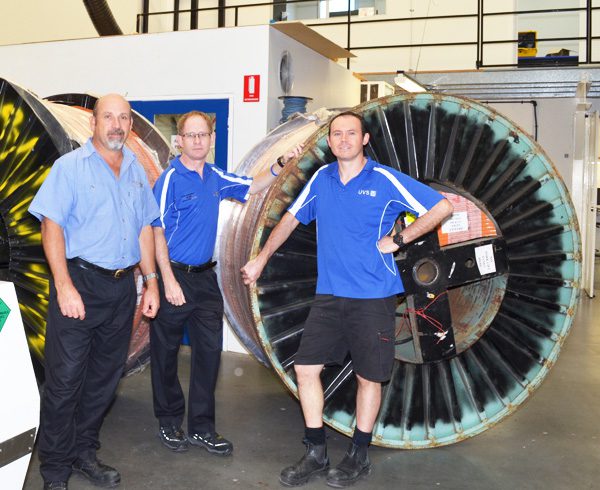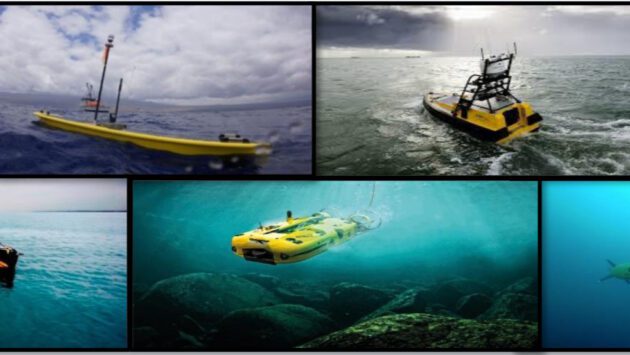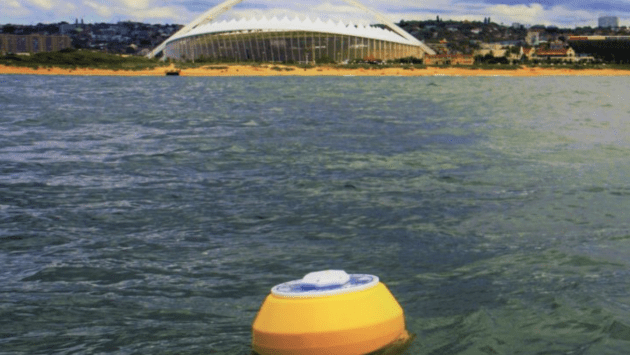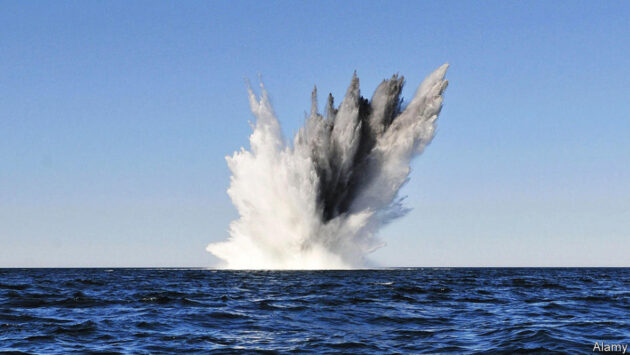Components Critical For Ocean Power Projects
Components Critical For Ocean Power Projects
As the testing of ocean power projects gathers pace, so has the demand for critical sub-sea components and connectors that form part of these wave and tidal generators.
“For over 40 years, we have been supplying components, engineering and support to customers in diverse markets including offshore oil and gas, oceanographic and defence,” said Darren Burrowes of UVS Pty Ltd.
“The same underwater connectors and cables, Acoustic Doppler Current Profilers (ADCPs) and a variety of instruments, sub-sea electronics modules and engineering design cables are also in high demand by several companies that are approaching pre-commercialisation testing of ocean energy devices.
“For example, Carnegie Wave Energy’s CETO offers the potential to revolutionise power and water production globally. Their CETO harnesses the energy in waves and converts it into zero-emission electricity and zero-emission desalinated water.
“As further evidence of UVS’ strength in the subsea connector market, we are working with BioPower for supply of a 1465 metres umbilical complete with terminations and connectors. This same client is already buying connectors, Subsea Electronics Modules and implementing innovative uses of ADCPs.
“Another ocean power developer who relies on our connectors and submarine capabilities is Oceanlinx. Originally known as Energetech, Oceanlinx has developed, deployed and operated three prototypes of its technology in the open ocean. It says its technology can produce electricity from ocean waves, alongside an energy saving system to produce desalinated seawater and can provide coastal protection from sea erosion.
“Our expertise went even further with Elemental Energy Technologies. Starting ‘from the whiteboard’ the engineering team at our sister company, ATSA, designed and built a unique Permanent Magnet Axial Flux generator that was integrated into the composite construction of the SeaUrchin™ turbine.
“No “off-the-shelf” generators were available there was little public information that could be used as an example for the design. The generator was successfully constructed and then evaluated in a series of tests conducted at Newcastle, on the Georges River south of Sydney”, Burrowes concluded.





